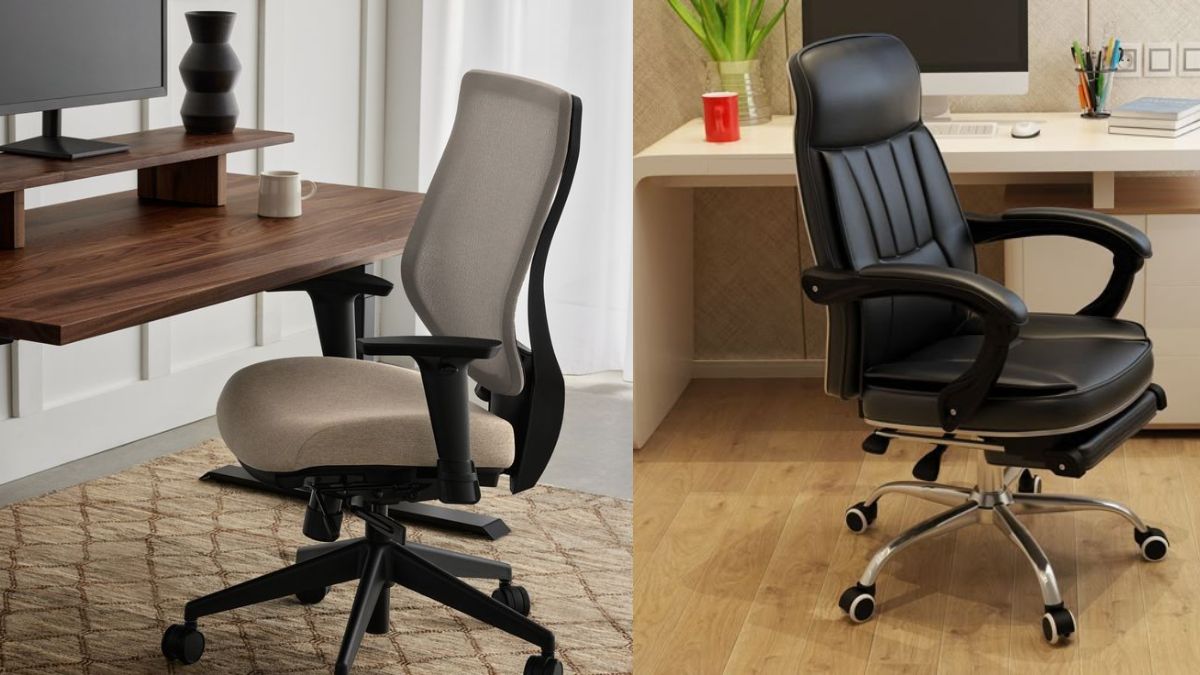There are many types of foam filling, each with its unique properties and applications. Below is a brief overview of the most common types of foam filling:
– Polyurethane foam: This is the most popular type of foam and is used in a wide range of products, including insulation, soundproofing, and air sealing. It’s also used in some flexible packaging materials.
– Styrene-butadiene rubber (SBR): SBR is often used as the backbone for polyurethane foams because it has good resilience and flexibility. It can also be heat-molded very easily, which makes it a popular choice for products that need to be conformable or flexible.
– Ethylene-vinyl acetate (EVA): EVA is a popular choice for sportswear because it’s lightweight and breathable. It also has good impact resistance and can be cut easily to size without sacrificing performance.
– Polyethylene terephthalate (PET): PET is commonly used in food containers because of its high gas barrier properties. This means that foods inside the container will stay fresh longer than with other materials.
Get to adding extra padding with foam filling!
Foam filling is a process that’s used to add air and shape to a product. It’s most commonly used in the manufacturing of things like mattresses, pillows, and chairs. The foam-filling process involves adding water and air to the desired consistency and then pressing the mixture into the product. This helps to create a soft and fluffy texture that’s ideal for use in areas that are tough to reach or don’t conform well to other shapes. Foam filling is an important part of the manufacturing process because it allows products to be manufactured with a high degree of precision and accuracy. It’s also a cost-effective way of adding extra padding or cushioning to products, which can make them more comfortable or durable.
Do you want to preserve energy costs?
Foam filling is a type of sealant that is used to fill cracks and gaps in walls and ceilings. It is also often used to create soundproofing and thermal insulation.
There are a few features of foam filling that make it particularly useful for these purposes. First, foam filling is a waterproof sealant, which means it can be used to fix leaks and water damage. Second, foam filling is an acoustic sealant, meaning that it can help to deaden sound waves in certain areas. This makes it ideal for use in areas such as theaters and churches where noise levels are important. Finally, foam filling is a thermal insulation sealant, which helps reduce the amount of heat that leaks out of buildings. This makes it a valuable tool for homes and businesses that want to preserve energy costs.
Foam filling is a type of air-conditioning that uses a gas or liquid to absorb and hold moisture in the indoor air. This humidified air is then circulated throughout the building, helping to keep it at a comfortable temperature. Foam-filling technology has been around for many years, but it has recently seen a resurgence in popularity thanks to its many benefits. Some of these benefits include:
– It’s efficient and energy-saving.
– It’s able to maintain a consistent temperature throughout the entire building.
– It’s environmentally friendly since it doesn’t require any refrigeration or venting.












